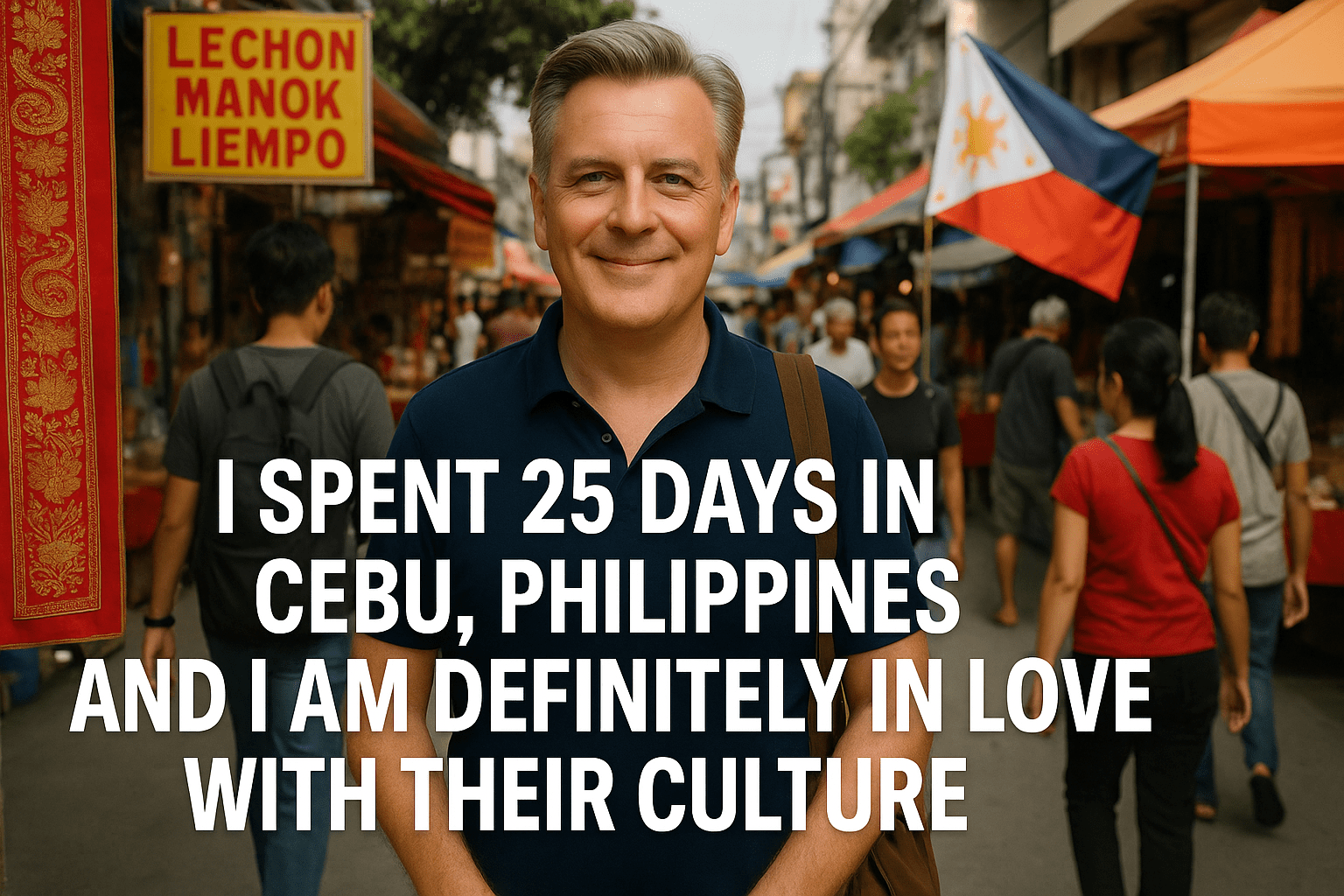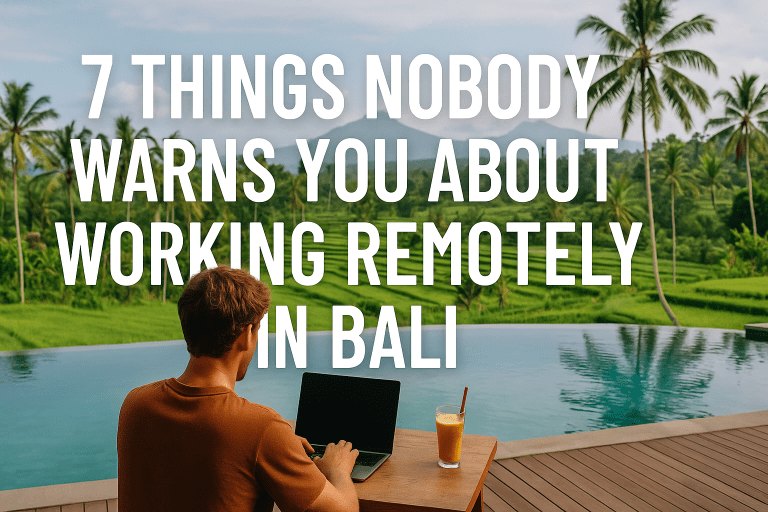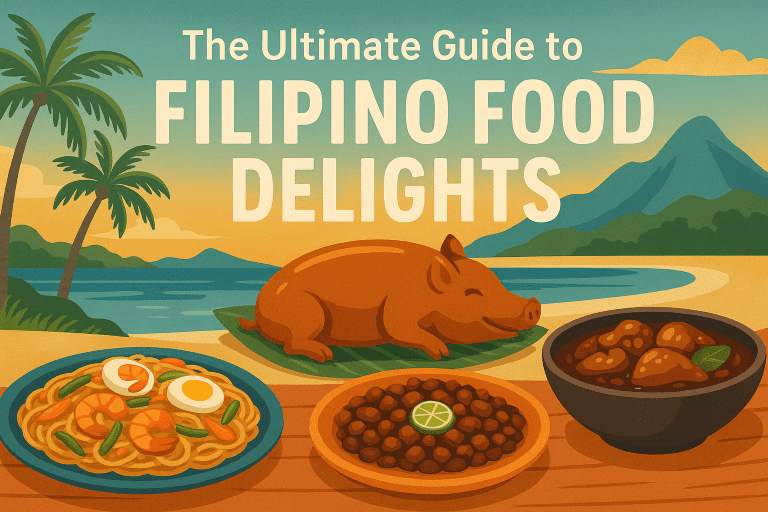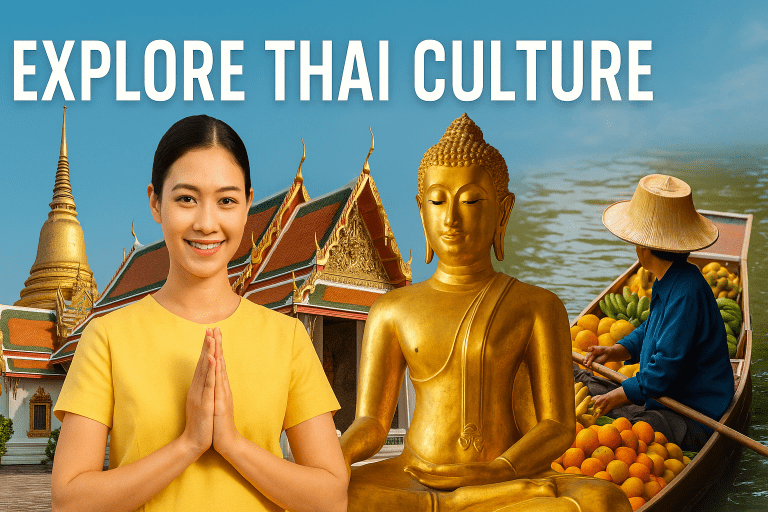
As a traveler who thrives on getting beneath the surface – bypassing the standard tourist traps for the pulse of local life – I’ve learned that the true magic of a place lies not just in its landscapes or landmarks, but in the hearts of its people and the fabric of their culture. So, when I decided to dedicate a significant chunk of time, specifically 25 days, to exploring Cebu, Philippines, I came with an open mind and a readiness to engage.
What I found was something truly profound; I spent 25 days in Cebu, Philippines culture, and I am definitely IN LOVE. This wasn’t just a trip; it was an immersion into a way of life that is incredibly warm, resilient, and deeply rooted in community.
Cebu, located in the Visayas region, is often referred to as the “Queen City of the South.” It’s a bustling hub with a rich history that predates colonial times. Understanding Cebuano culture, and by extension, aspects of broader Filipino culture, requires looking back at the layers of influence that have shaped it. Indigenous beliefs and practices formed the initial bedrock, followed dramatically by over three centuries of Spanish colonization, which introduced Catholicism and Western structures, and then by periods of American and Japanese rule. These historical epochs didn’t just impose new systems; they interacted with and were adapted by the existing culture, creating a unique synthesis.

The arrival of Ferdinand Magellan in 1521 and his subsequent interactions, including the Battle of Mactan where local chieftain Lapu-Lapu resisted foreign rule, are pivotal moments etched into Cebu’s identity. This era marks the formal introduction of Christianity to the Philippines, a religion that has become intrinsically woven into Filipino identity. Today, faith remains a central pillar in the lives of many Cebuanos, influencing everything from daily routines to major life events. The Basilica Minore del Santo Niño, housing the revered image of the Child Jesus, stands as a testament to this enduring spiritual heritage and is one of the oldest religious relics in the country.
My First Days
Stepping off the plane and into the vibrant chaos of Cebu City immediately plunges you into this unique cultural milieu. The initial impression is one of incredible energy, but quickly, a deeper current emerges: the overwhelming sense of welcome. One of the most talked-about aspects of Filipino culture, and one I experienced daily, is the unparalleled hospitality. Filipinos genuinely welcome you like family. It’s not just polite; it’s a heartfelt, almost instinctive desire to make guests feel comfortable, safe, and cared for. Staying in local guesthouses or engaging with people in markets, you are often met with genuine smiles, offers of help, and invitations to share meals. This extends from urban centers like Cebu City to the smaller towns and coastal communities I visited.
This deep-seated hospitality is closely tied to the concept of pakikisama (smooth interpersonal relationships) and kapwa (a shared inner self, meaning treating others as fellow human beings). There’s a strong emphasis on maintaining harmony and good feelings within social interactions. For a traveler, this translates into incredibly positive daily encounters. Need directions? Someone will likely walk you part of the way. Admire something? They might try to give it to you. It can be disorienting initially for those from more individualistic cultures, but accepting this warmth graciously is key to connecting.
Food, as in many cultures, plays a central role in social life. In Cebu, one cannot talk about culture without mentioning Lechon. Roasting a whole pig until the skin is unbelievably crispy is a culinary art form here. Walk around, and you’ll see lechon stalls everywhere, a testament to its importance in celebrations and gatherings. Sharing meals is a fundamental act of bonding, and the phrase “Kain tayo!” (“Let’s eat!”) is a common, warm invitation you’ll hear frequently. Trying local Filipino food, sharing street food adventures, or being invited to a family feast were some of my most cherished experiences.
Diving Deep into Filipino Culture
Navigating cultural nuances is part of the journey when spending time anywhere, and Filipino culture, like all others, has its complexities. Two often-discussed concepts are bahala na and utang na loob. Initially, bahala na might be misinterpreted as fatalism or apathy, often translated loosely as “come what may.” However, spending time immersed reveals a deeper meaning. It’s less about not caring and more about trusting in divine providence or fate after one has done their best. It’s a coping mechanism, a way to alleviate anxiety in the face of uncertainty, rooted partly in a history where much was outside individual control. Studies on Filipino psychology often describe it as a form of courage and resilience, a willingness to take risks and face challenges head-on while leaving the outcome to a higher power or destiny. Understanding this nuance is crucial; it’s not an excuse for inaction but often follows earnest effort.
Utang na loob, or “debt of gratitude,” is another powerful social construct. It describes a sense of obligation to repay a person who has helped you, particularly in times of need. This isn’t just about financial repayment; it’s a lifelong bond, a deep-seated loyalty and willingness to assist the benefactor when they require help. It creates strong social networks and mutual support systems within families and communities. While largely positive, fostering incredible loyalty and generosity, it can also create complex dynamics and expectations within relationships. As a visitor, you might experience utang na loob indirectly through the strong bonds you observe or perhaps if someone goes significantly out of their way for you, though typically a visitor is not expected to enter into this deep reciprocal obligation in the same way family or close friends would.
One practical aspect that makes engaging with locals relatively easy in Cebu is the widespread ability to speak English. While Cebuano is the local language and Tagalog is the national language, English is an official language and is widely taught in schools and used in business and government. This significantly lowers the communication barrier for many international visitors, allowing for deeper conversations and interactions than might be possible elsewhere. This accessibility was invaluable for understanding perspectives on daily life, traditions, and societal values.
Observing the interactions and values, it becomes clear how important community and family are. Multi-generational homes are common, and respect for elders (pagmamano, touching the elder’s hand to one’s forehead, though less common in casual public, the principle of respect is ever-present) is deeply ingrained. This strong social fabric provides a safety net and a sense of belonging that is palpable. Filipino cultural values emphasize collective welfare over individual desires, which underpins much of the hospitality and mutual support you witness.
Cebu’s Environmental Preservation
Beyond the bustling city, Cebu’s natural beauty is also cherished. While not explicitly a cultural tenet like hospitality, there is a growing awareness and effort in many communities towards environmental preservation, particularly in coastal areas dependent on tourism and fishing. Interacting with locals in places like Moalboal or Malapascua, you sense a connection to the ocean and a recognition of the need to protect it, often passed down through generations whose livelihoods depend on its health. Many local initiatives are driving conservation efforts.
Let me share a short, hypothetical anecdote that illustrates a common learning point. Imagine you’ve been asking vendors in a market for the price of something, and one vendor consistently gives you a slightly higher price than others for seemingly the same item. Instead of concluding they are trying to cheat you, pausing to observe might reveal they are the most cheerful, helpful vendor, perhaps offering a tiny sample or extra guidance. This could be an expression of pakikisama – trying to create a positive interaction even in a quick transaction, where the slightly higher price might fund a small gesture of goodwill or simply reflect a different approach to customer interaction than you’re used to. Understanding the value placed on smooth relationships over purely transactional efficiency can shift your perspective.
Historical sites like Fort San Pedro and the aforementioned Basilica, along with numerous other old churches scattered across the province, are not just tourist spots; they are living parts of the culture. They are places of worship, community gathering points, and tangible links to the past that continue to shape identity. Attending mass or simply observing families visiting these sites offers a glimpse into the continuing role of faith and tradition.
Living amongst the Cebuanos for 25 days allowed me to move past initial impressions and stereotypes. It allowed me to see bahala na not as apathy, but as courageous hope. It allowed me to understand utang na loob not as mere obligation, but as the scaffolding of incredibly strong, supportive relationships. It allowed me to feel the genuine warmth of hospitality that makes you feel like you’ve found a second home, even thousands of miles away. This deep dive into the rhythm of local life offers insights far beyond a typical short trip.
“Culture is simply that which cannot be programmed.”
This quote resonates deeply because Filipino culture, particularly in a vibrant place like Cebu, feels incredibly organic and lived, rather than a set of rigid rules. It’s in the spontaneous smiles, the shared laughter over a meal of lechon, the resilience shown in daily challenges, and the unwavering support for family. It’s in the blend of deep Catholic faith with remnants of older beliefs, creating a unique spiritual landscape. It’s in the willingness to embrace modern technology and global influences while holding fast to core values.
For those considering traveling to the Philippines, particularly Cebu, I would encourage you to do more than just see the sights. Engage with the people. Ask questions respectfully. Be patient and observe. Understand that communication might be less direct than you’re used to, especially when it comes to saying “no,” as maintaining harmony is highly valued. Small gestures of appreciation for hospitality go a long way.
“Filipinos are… known for their resiliency, optimism, and ability to smile despite facing difficulties.”
This resilience is palpable in Cebu. Having faced natural disasters, economic shifts, and historical upheavals, there’s an underlying strength and optimism that is truly inspiring. This isn’t a naive optimism, but one forged in the understanding that community support and faith can overcome adversity. My 25 days offered ample opportunity to witness this spirit firsthand, from casual conversations with street vendors to observing community responses to local challenges.
Spending time in Cebu is more than a tropical getaway; it’s an opportunity for genuine cultural exchange. It’s a chance to learn about values centered on family, community, resilience, and gratitude. It challenges preconceived notions and opens your heart to a profoundly human way of being. The hospitality isn’t a service; it’s an extension of their identity. The complexities of bahala na and utang na loob are not flaws, but facets of a social system that prioritizes relationships and collective well-being in unique ways. Engaging with these aspects respectfully enriches your experience immeasurably.

Feels Like Home
In conclusion, my 25 days exploring I spent 25 days in Cebu, Philippines culture left an indelible mark. It wasn’t just the stunning islands or the delicious food that captivated me, but the warmth, resilience, and depth of connection I witnessed and experienced daily.
Understanding the historical context, the foundational values, and the contemporary expressions of Filipino culture in Cebu offers a much richer perspective than surface-level tourism ever could. It fosters empathy, breaks down barriers, and leaves you with a profound appreciation for the diversity and richness of human connection found in this corner of Southeast Asia. It is a culture that welcomes you not just as a visitor, but with the potential to become part of their extended family, leaving you, like me, truly in love.






